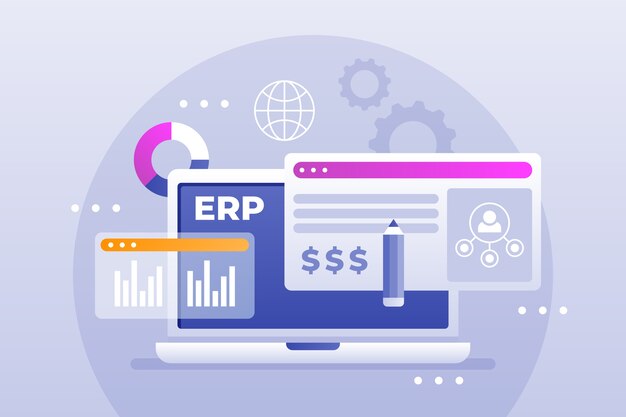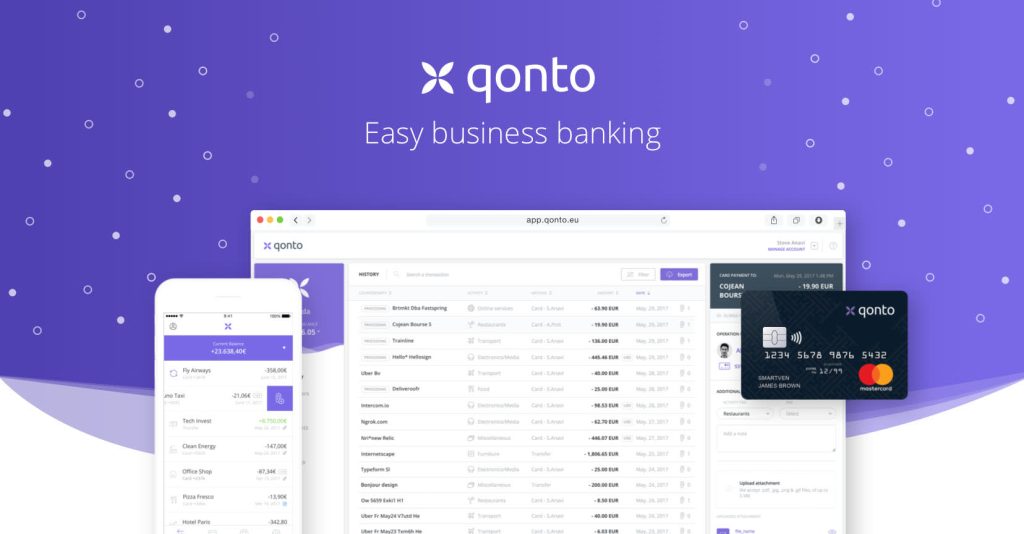Introduction
If you’ve ever felt overwhelmed by the sheer number of customer experience and success tools at your disposal, you’re not alone. Welcome to the realm of “tool sprawl” — where businesses adopt countless CX tools but sometimes end up tangled in a web of technology, inefficiency, and confusion. Luckily, you can streamline, simplify, and pave the way to a future where every tool serves a purpose, every interaction is seamless, and every customer’s journey is remarkable. In this post, you’ll learn what tool sprawl is, the signs of tool sprawl, and how to navigate the customer journey with the right tools.
What is Tool Sprawl?
Tool sprawl is defined as having too many disconnected or poorly entangled tools – which can ultimately cost your business time and money. Imagine a cluttered closet overflowing with forgotten gym memberships, half-finished DIY projects, and socks that never find their match. Each year, the average company spends about $135,000 on unnecessary software licenses.
And, that’s not shocking. Think of a support team using one tool to track sales, another for onboarding, and yet another for long-term account management. Each tool has its own price, quirks, and learning curve – but they might not connect well together. This disconnection doesn’t cause just minor hiccups; it costs time, money, and your ability to create seamless customer experiences. But, just as you’d tidy up any messy space, you can declutter your digital toolbox. By simplifying and organizing your customer success tools, you can sail through challenges, increase customer stickiness, and deliver top-notch experiences in the business world.
7 Signs of Tool Sprawl
1. Switching tools takes too much time.
If your team spends more time jumping between tools than actually talking to customers and building relationships, that’s a sign of tool sprawl. It means your onboarding and implementation team is not as efficient as it could be, and that the tools aren’t helping you save valuable time which could be used better when aiming to generate revenue or business impact.
2. Data doesn’t match up.
Some tools, like analytics software or KPI trackers, might track performance or metrics differently, or implement better with other data-gathering tools. Because of this, you might find that data from tool to tool could be different, or that your company needs to pick one as a “source of truth.” Ultimately, with too many tools, customer information can end up scattered, inconsistent, and messy, making it harder to see the full picture of how your CX is performing, what your customers need, or how health scores are shaping up.
3. Teams aren’t communicating.
If different parts of your business are using different tools that don’t work together, it can lead to problems like siloes, miscommunication, or under communication. This can lead to a bumpy, disjointed customer experience that makes clients feel like they need to have the same conversation with multiple departments to get a good resolution. In reality, your tech stack should ensure that the information customers give in the sales process follows them to onboarding and implementation teams without repetition.
4. New team members struggle.
When new team members need hours of tool training or have a hard time learning all of your tech, the whole team could struggle as a result. Ultimately, this time could cost you if those new employees aren’t able to help customers as quickly and effectively as new hires at competing, better-connected companies.
5. No one can see the whole picture.
If you can’t get a clear idea of what your customers are doing because your tools don’t talk to each other, that’s a clear sign of tool sprawl. Not only should you focus on streamlining your tools, but you also need to ensure that the tools you do use integrate well into your tech stack.
6. Tool costs keep adding up.
Every tool costs money. If you’re paying for a lot of tools that do similar things, it’s a waste of money and reduces each tool’s level of ROI. Take note of how much you’re spending on tools. If the tech stack doesn’t help you speed up onboarding, improve other processes, and/or reduce the customer’s initial time to value, you might be improperly investing in tech.
7. Growth stalls.
While too many tools cut into your budget, they also cut into your team’s overall level of time, bandwidth, and efficiency. When you’re overwhelmed by tools and tech problems, it can also make it hard to give your customers the attention needed to retain or upgrade them. Ultimately, all of these factors could slow down your overall revenue and business growth.
Navigating the Customer Journey & Tools for Every Stage
Your customer experiences four distinct phases during their customer journey: Pre-purchase, purchase, onboarding, and customer success/retention. At each step, having the right tools in your tech stack can make all the difference in creating exceptional experiences.
1. Pre-Sale: The Exploration Phase
To capture customers beginning to explore the products related to their field or industry, you’ll want to harness tools that align lead generation, content management, and engagement. For example, customer Relationship Management (CRM) systems like Djaboo keep track of potential leads, while marketing automation tools like Marketing Hub help nurture these leads with tailored content. The more your customer understands about your business or service before purchasing, the more likely they’ll be to move through the sales process quickly and stick with you long-term.
Sample Tools for the Exploration Phase:
- Djaboo CRM – All the software, integrations, and resources you need to connect marketing, sales, content management, and customer service.
- Djaboo Marketing Hub – An easy-to-use, all-in-one marketing, automation, and email marketing platform.
2. Purchase: The Decision Phase
To align with customers ready to make a purchase, you can leverage e-commerce platforms like Djaboo Payments, Shopify, or WooCommerce to provide seamless online purchasing experiences. Payment gateways ensure secure transactions, while live chat tools such as Intercom or Zendesk Chat offer real-time assistance, reducing friction and boosting conversion rates.
Sample Tools for the Decision Phase:
- Djaboo Payments – Accept online payments on your site, landing pages, and via other inbound content.
- Shopify – Easily sell products online, offline, and everywhere in between.
- WooCommerce – Quickly launch well-designed online stores with this open-source e-commerce plugin for WordPress sites.
- Intercom – Get all your automation, conversations, tickets, customer data, and reporting working together with this automated and human customer service chat tool.
- Zendesk Messaging – Chat with customers wherever they are with this live chat and messaging platform.
3. Customer Onboarding: The Welcome Phase
Purpose-built customer onboarding…
Conclusion
In conclusion, tool sprawl can be detrimental to your business, causing inefficiencies, communication gaps, and wasted resources. By identifying the signs of tool sprawl and adopting the right tools for each stage of the customer journey, you can improve customer experiences, increase efficiency, and drive business growth. Remember to regularly evaluate your tech stack and streamline where necessary to ensure that your tools are working together seamlessly. Don’t let tool sprawl hold you back from creating remarkable customer journeys.
FAQ
Q: How can I identify if my business is suffering from tool sprawl?
A: There are several signs of tool sprawl, including spending excessive time switching between tools, inconsistent data across different tools, lack of communication between teams, difficulties in onboarding new team members, not being able to see the full picture of customer behavior, increasing tool costs, and sluggish business growth.
Q: Why is it important to have the right tools for each stage of the customer journey?
A: Having the right tools for each stage of the customer journey ensures a seamless and exceptional customer experience. These tools help streamline processes, improve communication, gather valuable data, and increase efficiency, ultimately leading to higher customer satisfaction, retention, and business growth.














